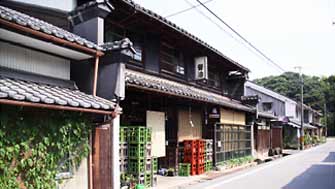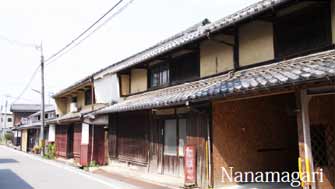History of Nanamagari Street
Hikone is a castle town located to the East of Kyoto, on the eastern side of Japan’s largest lake, Lake Biwa.
Hikone Castle, a national treasure of Japan, is perched above the city, surrounded by rows of sakura cherry trees. Visitors can enjoy the beautiful scenery and gentle breeze whilst riding pleasure boats in the moats encircling the castle.
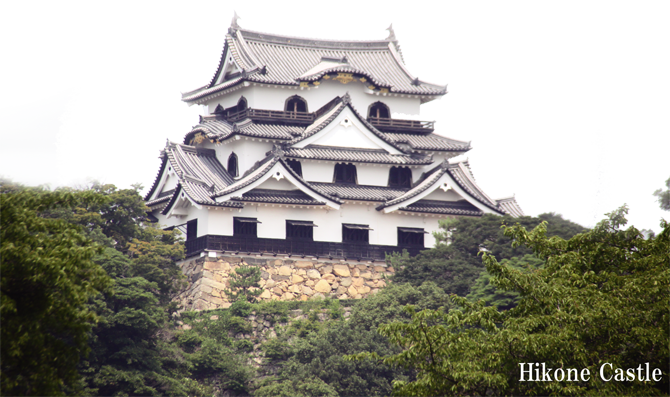
The road leading to Hikone Castle, Nanamagari (literally meaning “Seven Turns”) Street, dates back to 1650, and it was purposefully designed with twists and turns in order to prevent easy invasion of the castle.
玄宮園 Genkyuen
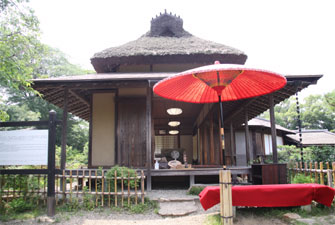
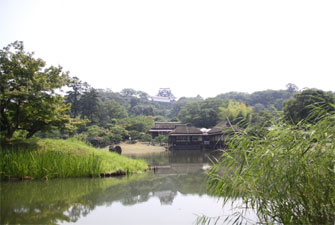
About 350 years ago, the craftsmen of Nanamagari St., who had previously specialized in weaponry and armor, began to utilize their diverse skills in the production of butsudan, or household Buddhist altars, and other Buddhist ritual implements. Since then, Nanamagari St. has gained recognition as a preeminent district of living and working Japanese artisans skilled in various crafts.
In recognition of the high level of craftsmanship involved in the creation of butsudan, the art form became the first in the realm of Buddhist objects to be designated a Traditional Craft of Japan in 1975.
